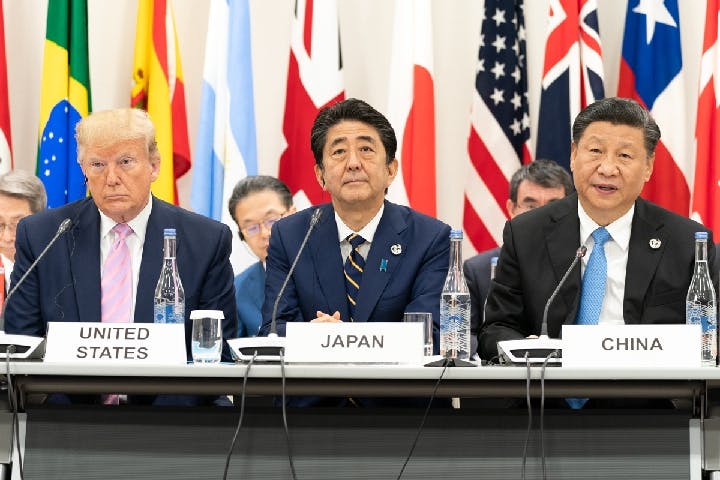Winter 2021
Beyond Deals
– Shihoko Goto
Asian nations need a return to U.S. multilateralism, even in the absence of new trade agreements.
The decision to withdraw from the Trans-Pacific Partnership [TPP] free trade agreement in 2017 has been described as one of the biggest U.S. foreign policy blunders in recent years. The commercial losses for U.S. businesses are obvious. The TPP would have been the world’s most ambitious trade deal, encompassing 40 percent of the world’s economy, and U.S. trade with member countries totals around $1.5 billion a year.
Yet the loss in withdrawing from the TPP was even greater from a geostrategic perspective. Walking away cost the United States the opportunity to strengthen its position as a Pacific power at a time when China has emerged as the regional hegemon. And as the new Biden administration turns to many former officials from the Obama White House to fill key posts, expectations are high for policies that are more stable, predictable, and focused on restoring U.S. leadership in the global order, especially in Asia.
Key Asian allies (including Japan and South Korea) welcomed the Obama presidency’s focus on the world’s most populous and dynamic region. And the TPP was a much-touted example of reinvigorated U.S. commitment to promote free trade rules. Above all, the pact exemplified U.S. determination to enhance economic and political partnerships, in line with its military dominance in the region. Thus, the U.S. rejection of the TPP was seen as much as a political retreat from Asia as it was a refutation of the multilateral trade deal itself.

Under a new leadership, the White House will no doubt recognize the geostrategic need for the United States to return to the TPP, now known as the Comprehensive and Progressive Agreement for Trans-Pacific Partnership [CPTPP]. But if a key Biden administration objective in doing so is to secure U.S. economic leadership in Asia, there may actually be far more effective and less politically contentious ways to do so, especially in the near term.
The TPP had already been the victim of a politics of reticence. The agreement had languished under the Obama administration, and both 2016 presidential nominees Hillary Clinton and Donald Trump opposed the U.S. joining the trade deal as negotiated. Nearly a decade after the global financial crisis, the divide between those able to navigate a more interlinked economic network and those who were sidelined from it became even more marked. Free trade became synonymous with job loss in the United States, and supporting policies that encouraged further globalization became toxic on the campaign trail.
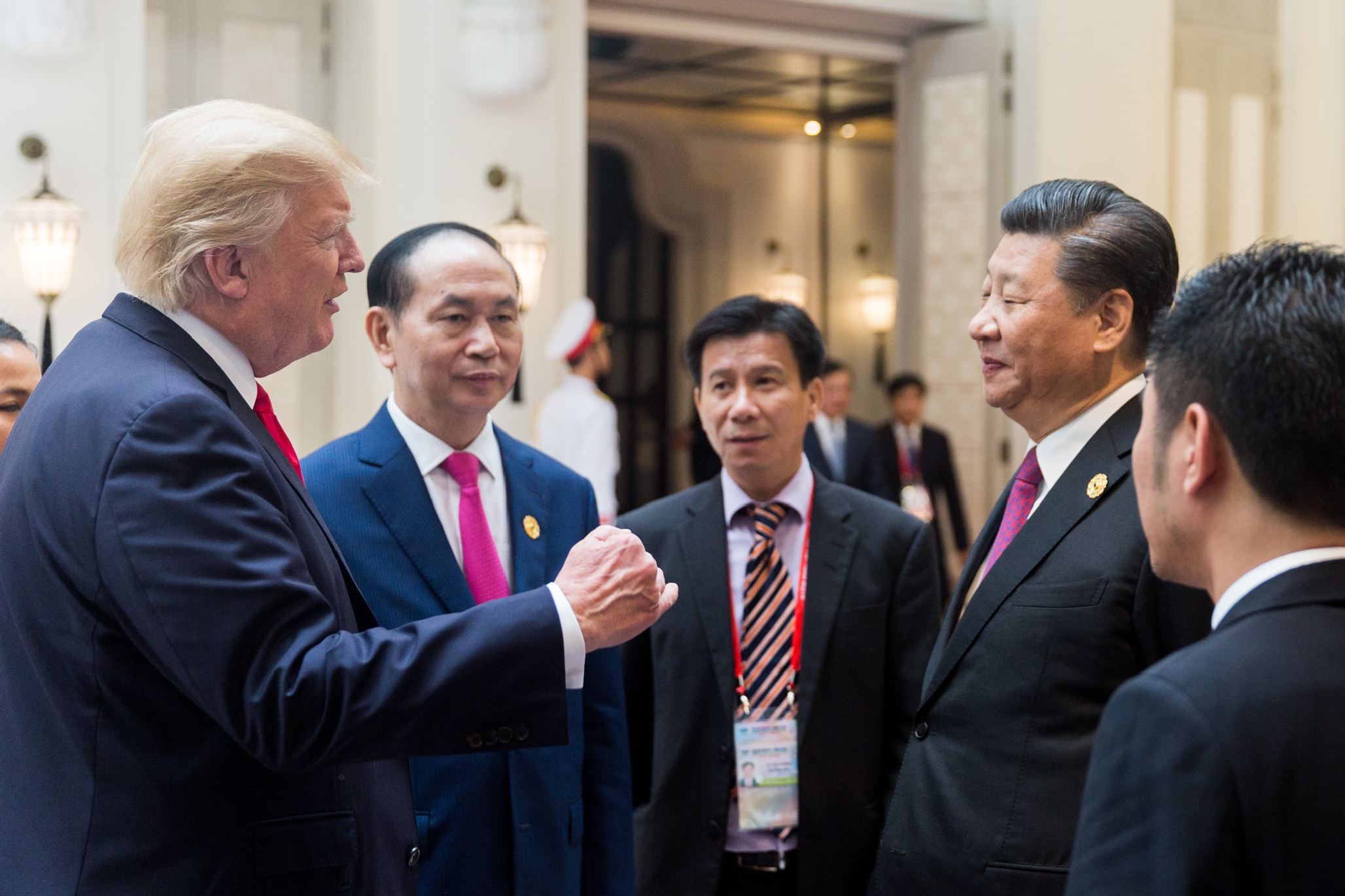
Rebuilding the U.S. economy, restoring confidence in U.S. competitiveness, and enhancing its resilience will be President-elect Biden’s first focus. That will mean addressing immediate challenges facing domestic growth, while promoting further global economic integration and increasing trade flows will be put on the backburner.
But the world won’t wait forever. Over the past four years, the divide between those who have benefitted from a more globalized economy and those who have not has increased. What’s more, the devastating impact of the COVID-19 pandemic has heightened awareness of prevailing economic and racial injustices. A broader rethink of the so-called Washington Consensus and the unshakeable faith in market forces and limited state intervention may be in the offing.
The question of how the U.S. can reengage usefully with Asia may depend on whether or not Biden’s economic and foreign policy advisors can deliver the message that it is in the nation’s interest to be an integral part of the global economy – and a driving force in establishing new rules of economic engagement.
Let’s (Not) Make A Deal
There is growing concern, even among the United States’ staunchest allies, that Biden’s rallying cries to “Build Back Better” and “Buy American” will give little room for Washington to address challenges beyond its own borders.
Trade is foundational to these sentiments. There is clearly a lack of interest in the United States in negotiating new trade deals as a way to boost economic growth. Anti-trade sentiment in the U.S. was strong before Donald Trump won the presidency, and the past four years has seen a strengthening in aversion to trade and globalization from both the right and the left. New trade deals are perceived to hollow out local economies and destroy jobs, with precious little trickling down to address the vacuum created by industrial exodus.
Nowhere has the case against trade been made more strongly than against China. Most trade analysts argued against a singular focus on the U.S. trade deficit of goods with China. Yet Trump’s hawkish stance towards Beijing – and calling out of China’s unfair trade practices – have been largely welcomed on both sides of the aisle. Continuing bipartisan support means that a strong stance against China will continue under the Biden administration.
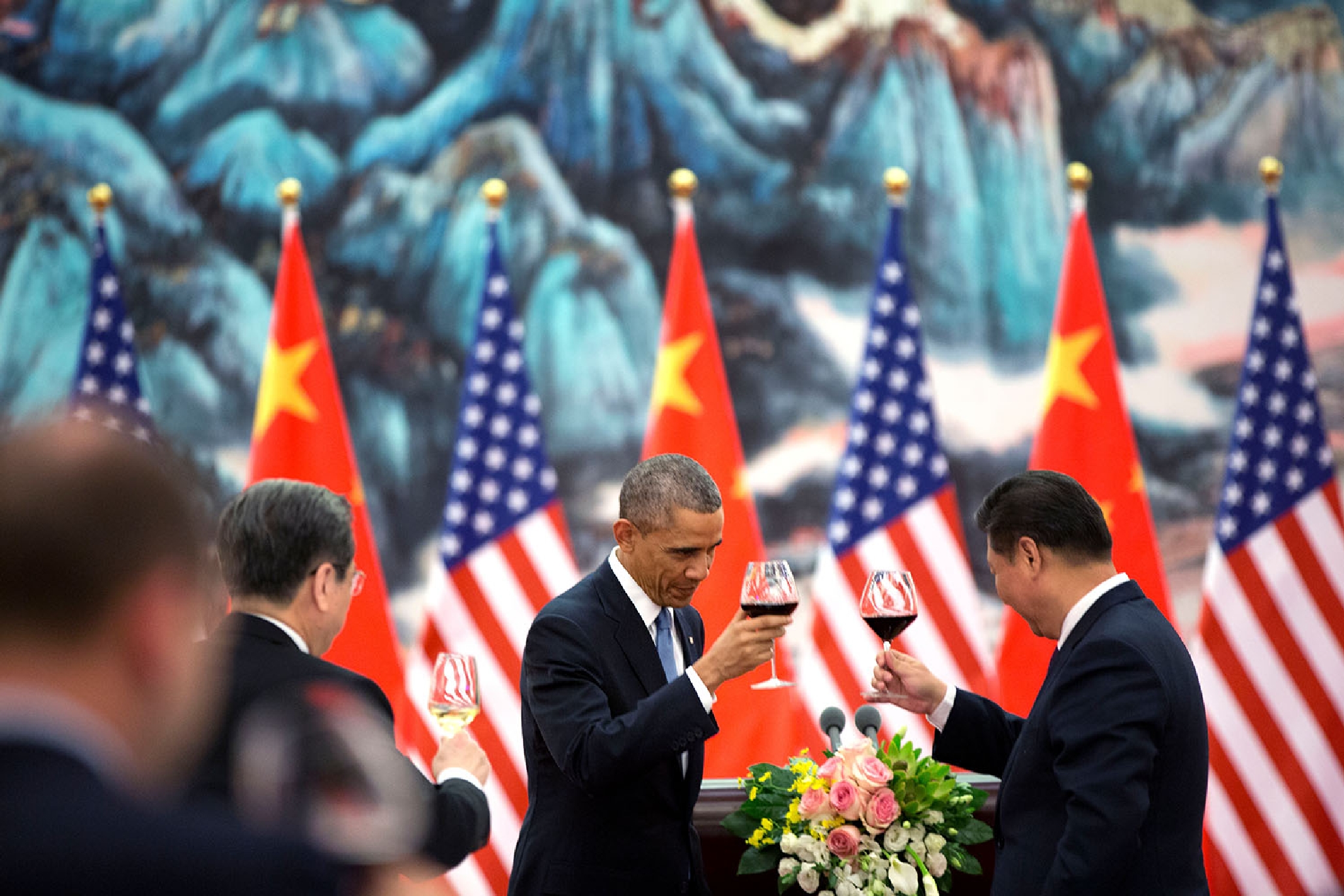
Biden’s commitment to enhance domestic self-reliance means expanding geopolitical influence will take a backseat to concerns at home, at least initially. And though foreign policy experts aspire for Washington’s speedy return to the trade agreements such as the CPTPP, the President-elect has made clear that he is in no rush. “I want to make sure we’re going to fight like hell by investing in America first.... I’m not going to enter any new trade agreement with anybody until we have made major investments here at home and in our workers,” he told the New York Times in early December.
Even if the incoming administration did want to prioritize new trade deals, there is little political appetite on Capitol Hill for reducing tariffs or lifting trade barriers. Democrats and Republicans alike seem more concerned with the tasks of job creation and incentivizing innovation that resonate more deeply with their constituents.
On top of it all, the July 2021 expiration of Trade Promotion Authority (TPA), which gives presidential authority to negotiate trade deals which Congress can vote for or against but cannot amend or filibuster, may also play a role in a new administration’s thinking. Extending this authority will be a high priority, and may be more difficult if a new trade deal is already under negotiation.
Working Together
Politics and logistics may mitigate against new trade deals in the immediate future. But the close link between national security and economic security means that as a new White House seeks to reset and reestablish frayed relations overseas, it must also recalibrate the belief that foreign policy and trade issues are separate from domestic concerns.
Biden has repeatedly stated both on the campaign trail and in his presidential transition that China is not merely an economic rival. To his mind, Beijing represents a greater systemic challenge which requires the U. S. to work together with like-minded countries in Asia, in particular, to push back against Chinese encroachment.

“On any issue that matters to the U.S. and China relationship, from pursuing a foreign policy for the middle class, including a trade and economic agenda that produces and protects American workers, our intellectual prosperity and the environment, to ensuring security of prosperity in the Indo-Pacific region, to championing human rights, we are stronger and more effective when we are flanked by nations that share our vision and the future of our world,” observed Biden in a national security speech given in late December “That is how we multiply the impact of our efforts and make those efforts more sustainable. That is the power of smart, effective American leadership. But right now, there is an enormous vacuum. We are going to have to regain the trust and confidence of a world that has begun to find ways to work around us or work without us.”
The world has certainly begun to work closer together to create new rules of trade engagement, albeit without the United States. In the four years that Washington turned its back on numerous multilateral deals, including the TPP, the Paris climate accords, and World Health Organization membership, Asia too has been in flux. Most vexing for Asian countries has been the balancing act required to contend with China’s consolidation as their single biggest trading partner and its growing role as a security challenge.
The uncertain role of the United States as the Indo-Pacific deals with shifts in the regional balance of power and challenges to economic development has had consequences. Rather than simply wait for U.S. leaders who are more amenable to multilateralism, the TPP process moved ahead without the United States, as the remaining 11 countries pushed through CPTPP in 2018.

Representing nearly 15 percent of the global economy, the CPTPP is one of the most ambitious trade deals in the world to date, boasting geographic breadth and attention to non-tariff barriers including intellectual property rights and digital commerce which is where the real commercial as well as security competition will lie. The agreement also succeeded in bringing a disparate group of countries from Vietnam to Japan together to pursue free trade under a common set of rules of engagement. The allure of CPTPP has been made clear by the fact that a number of countries have already expressed interest in joining the group, including Great Britain as well as China, even without the United States as part of the deal.
Yet CPTPP is not the only recent mega-trade deal of the Indo-Pacific. A second major multilateral trade agreement, the Regional Comprehensive Economic Partnership (RCEP), took shape in November 2019. This pact was agreed upon by the ten ASEAN member countries of Southeast Asia, as well as Japan, South Korea, Australia, New Zealand, and China.
While less focused on addressing issues related to non-tariff barriers, RCEP is unifying a diverse group of nations with varied governance systems – ranging from constitutional democracies to authoritarian rule – to commit to greater trade efficiencies and compatibility. RCEP is also still a work-in-progress, and still must be ratified by at least six ASEAN countries and three of the five partner nations. It is expected to come into force by the end of 2021.
Neither the United States nor India, Asia’s biggest democracy, is party to the CPTPP or the RCEP. Yet contrary to how it is portrayed in the U.S. media or ballyhooed by the Chinese leadership, RCEP is not a Beijing-led trade deal. The initiative was pushed forward by the 10 Southeast Asian nations of Singapore, Brunei, Malaysia, Philippines, Indonesia, Thailand, Laos, Myanmar, Vietnam, and Cambodia at a time when a political divide has grown larger among ASEAN countries along a U.S.-China line.
Biden has repeatedly stated both on the campaign trail and in his presidential transition that China is not merely an economic rival.
The benefits of rules for economic engagement that allow for greater efficiency, and shared expectations that globalization is a driving force for economic growth are the glue to keep RCEP and CPTPP member countries together. Indeed, too much focus on governance and democratic values as ideals to unite the region against Beijing can actually backfire, especially when essential nations such as Vietnam still eschew democracy. In fact, as Biden concentrates on uniting “like-minded” countries for a common goal, there will need to be a rethink on what the shared values are, and what is expected from leadership. Effectiveness as a Pacific power and leader of the international order will require the United States to put its own economy back on firm footing. Yet the U.S. must also demonstrate a renewed commitment to listen and not simply work together with allies and partners.
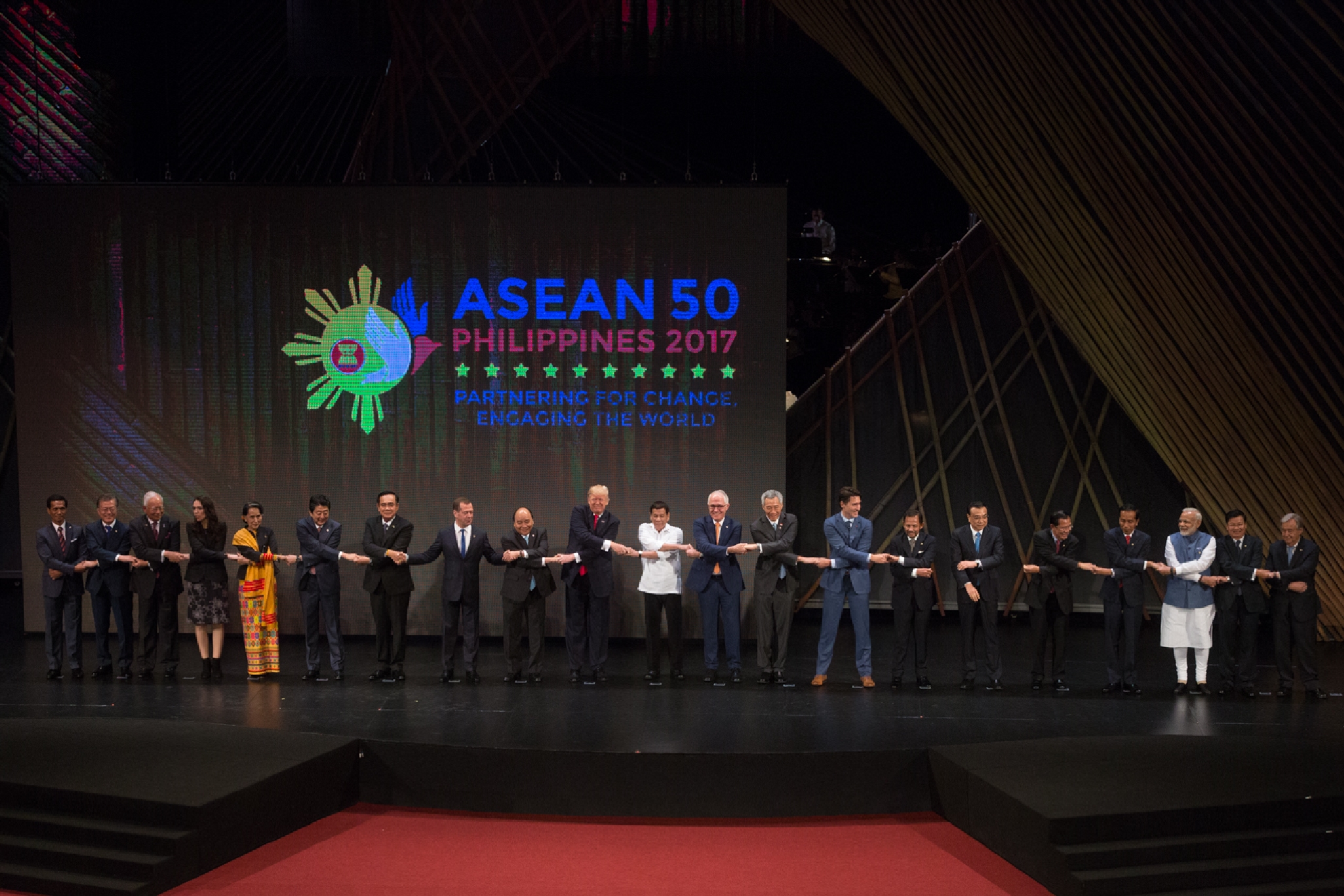
There is certainly a credibility void to be filled. The Obama administration sought a so-called rebalance to Asia in 2011, with the TPP anchoring a more comprehensive approach of engagement in the region. It was a strategy largely welcomed by Washington’s closest allies amidst growing concerns about China’s rise and a perceived need for U.S. leadership to offset Beijing’s regional hegemony.
The U.S. abandonment of the TPP shattered the rebalancing strategy. And any attempt by a Biden administration to go back to that future must back up the rhetoric of commitment to Asian allies with a targeted action plan soon after taking office, lest his promises are perceived merely as empty words.
What’s the Plan?
Picking up from where the Trump administration left off and pushing back against China’s unfair trade practices will be a low-hanging fruit. Though President Trump adopted a unilateral approach to trade to reduce the U.S. trade deficit, and imposed tariffs on long-standing allies as well as China, his administration worked with the European Union and Japan to form a trilateral coalition within the World Trade Organization aimed at pushing back against China and other non-market economies.
These endeavors continued into this year, as Washington joined forces with Japan and the EU again to declare current WTO rules inadequate to address market distortions caused by subsidies. The triumvirate proposed new subsidy rules instead, namely against providing unlimited guarantees; offering subsidies to ailing companies without a restructuring plan; providing subsidies to companies that are unable to secure long-term financing; and calling for the ban of certain debt forgiveness.
President-elect Biden will be in no rush to lift tariffs imposed by his predecessor. But his administration should make a concerted effort to continue working together with the EU and Japan within the WTO framework to reinforce rules that ensure fair trade, if only to prove U.S. commitment to multilateralism.
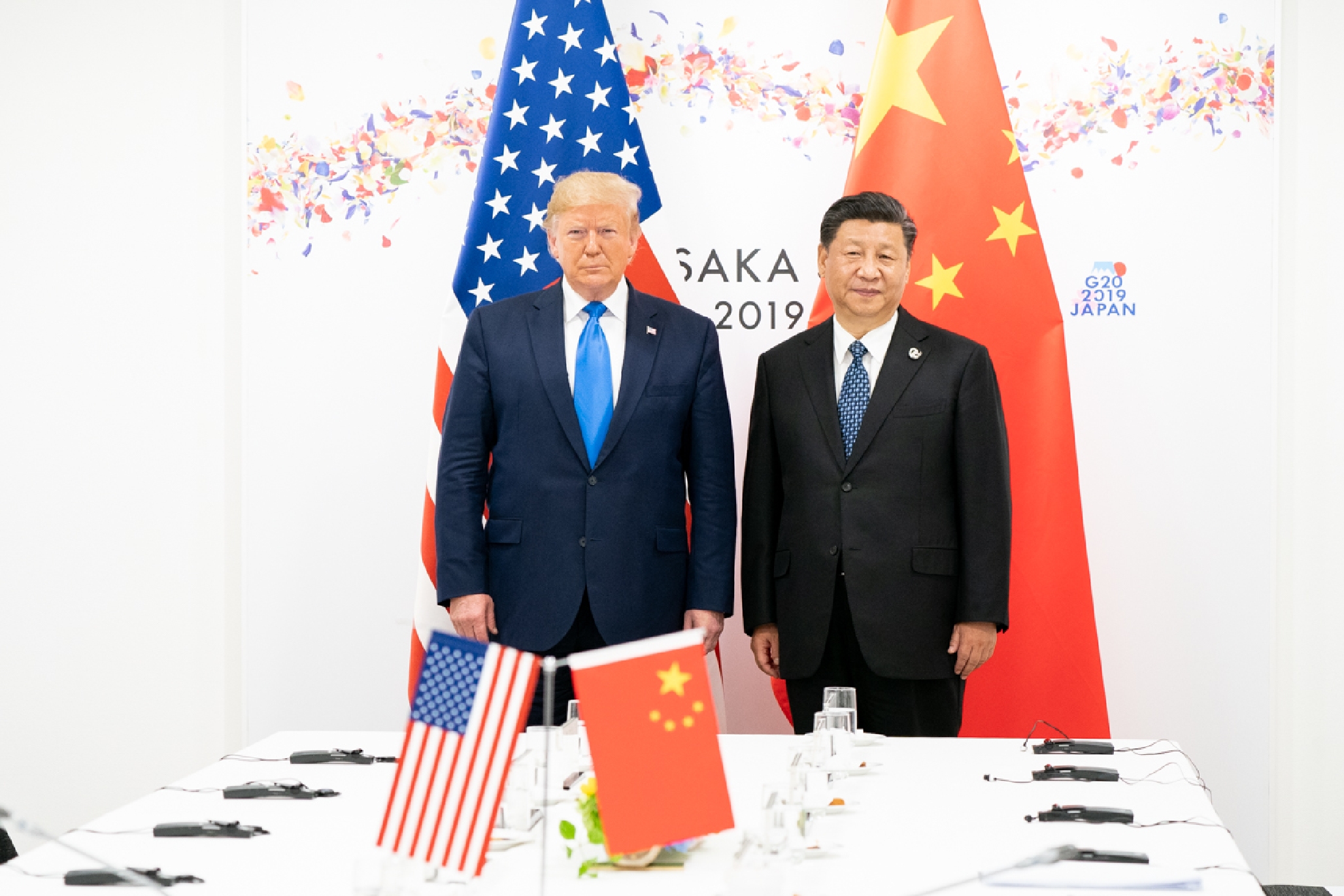
Pushing back against China’s economic coercion offers another opportunity for a U.S. leadership role. Ongoing tensions between China and Australia have escalated to the point where it is no longer simply a tit-for-tat trade dispute. Rather, Beijing’s punitive actions against Canberra for its decision to ban Huawei from its 5G network and its public demand that China investigate the origins of the coronavirus are authoritarianism in action.
Escalating Chinese reprisals, including harsh tariffs on key exports including wine and barley and the detention of Australian journalists, are hardly unique to Australia. China acted swiftly and aggressively against South Korea in 2017 when Seoul agreed to install the U.S. Terminal High Altitude Area Defense (THAAD) anti-missile system, which it deemed a threat to its own national security. China boycotted Korean goods. Group travel by Chinese tourists to Korea was banned. The cost to the Korean economy was at least $6.8 billion that year.
Pushing back against China’s economic coercion offers another opportunity for a U.S. leadership role.
China also took punitive economic action against Japan in 2010, after a Chinese fisherman was detained for fishing in Japanese territorial waters without permission. In response to the conflict, Beijing imposed an export ban of all rare earth elements to Japan, which are critical materials for the production of strategic products including hybrid cars and missiles.
This pattern of retaliatory action against countries that have been critical of China or challenged Beijing’s rule is not new, but it has grown and intensified in recent years. Ironically, these measures have coincided with President Xi Jinping’s international public relations campaign to promote China as a guarantor of the rule of law in the 21st century.
The opening for the Biden administration is clear. It can step up efforts not only to call out China’s violations of global trade rules, but to push back against worldwide Chinese economic coercion. Washington could rally like-minded nations to work together to counterbalance China’s violation of global trading rules without having to deal with the domestic political minefield of trying to negotiate new trade deals.

Dealing with the COVID-19 pandemic within the Unites States, and the resulting domestic economic fallout, is a given for the Biden Administration. And the necessity for the world’s largest economy to recover robustly and provide social stability within its own borders is also in the interest of U.S. partners and allies.
So perhaps negotiating new trade deals may be pushed back for a while. But Washington must seize the many other options to engage multilaterally across the globe, and address issues of mutual economic concern, especially regarding China’s violation of international trade rules. The Biden administration must embrace a commitment to work together with its partners and allies to address distorting non-market practices in the global economy from day one, and resist being blinded solely by the needs of the domestic economy.
Shihoko Goto is the Deputy Director for Geoeconomics and the Senior Northeast Asia Associate at the Wilson Center’s Asia Program. A seasoned journalist and analyst, she spent ten years reporting from Tokyo and Washington for Dow Jones and UPI on the global economy, international trade, and Asian markets and politics. Goto previously worked for the World Bank and has been awarded fellowships from the East-West Center and the Knight Foundation.
Cover Photograph: President Donald J. Trump, seated next to Japanese Prime Minister Shinzo Abe, listens as China’s President Xi Jinping, delivers remarks at the G20 Japan Summit in Osaka, Japan on June 28, 2019. (Official White House Photo by Shealah Craighead)
